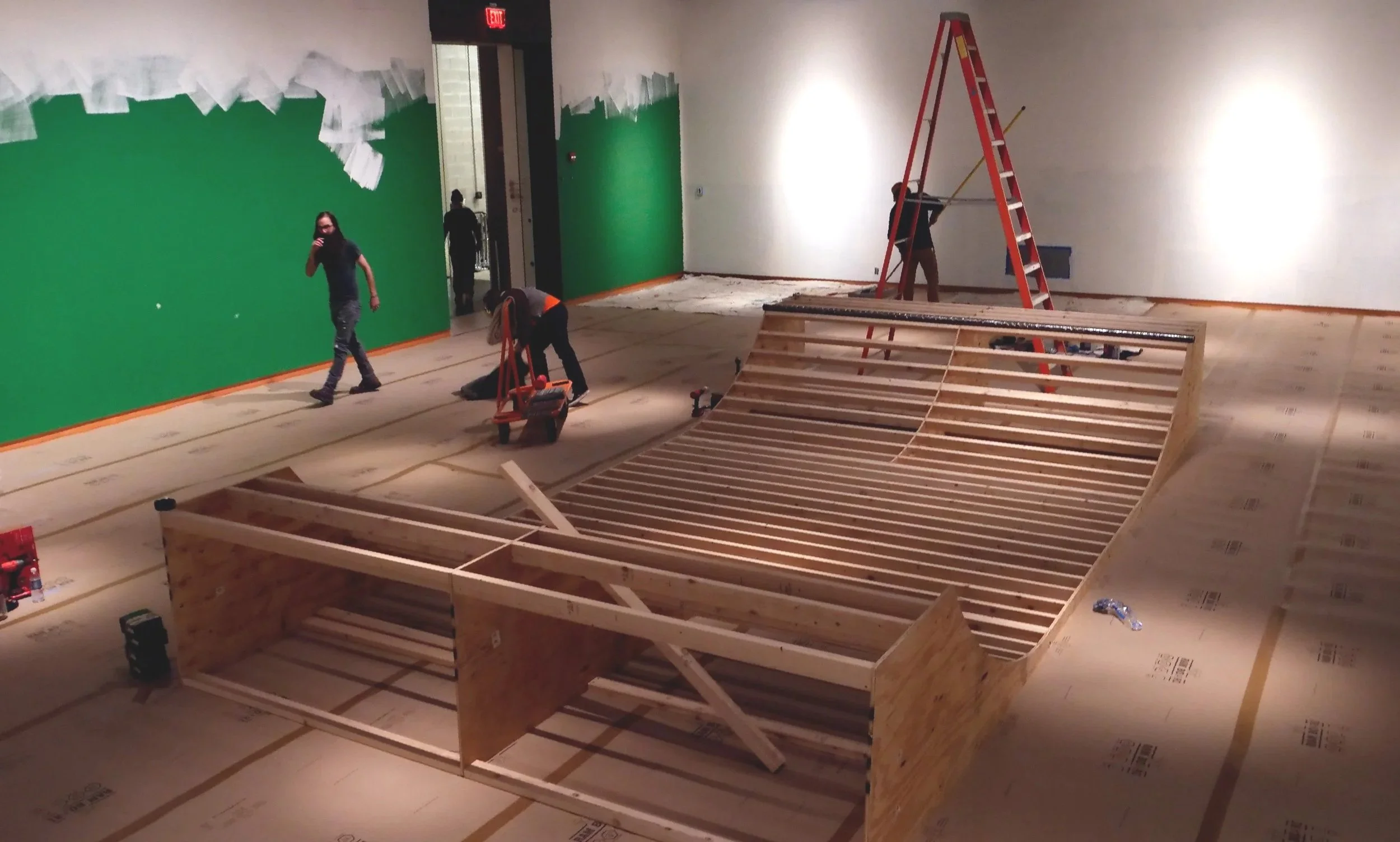Curator and Artist
but mainly a curator these days
Josef Zimmerman is a contemporary art curator known for his innovative approach to exhibiting emerging and established artists. With a keen eye for groundbreaking work and a deep understanding of current cultural dialogues, Zimmerman creates exhibitions that challenge traditional narratives and engage diverse audiences. His curatorial practice emphasizes interdisciplinary collaboration, often integrating digital media, performance, and installation art to foster immersive experiences.
Skate park install at the Fort Wayne Museum of Art.
